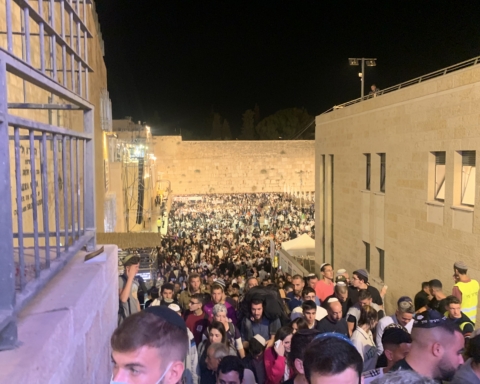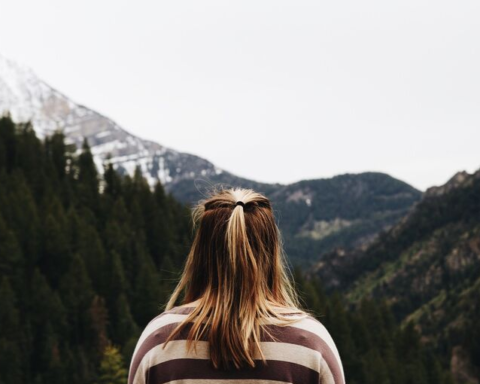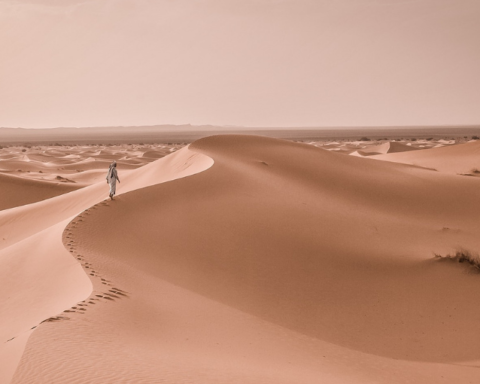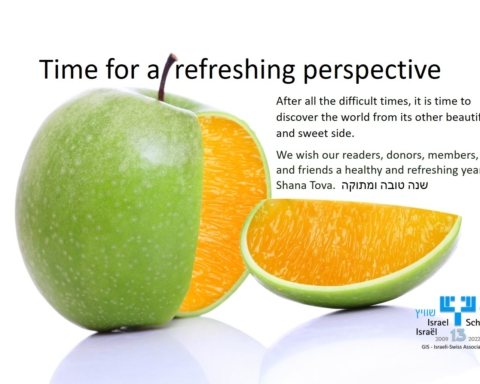Reaching the tail end of the high holiday season means we’ve made it to Sukkot, the weeklong harvest celebration honoring nature’s finest fruits, gearing us up for Simchat Torah, where we celebrate the gift of the Torah and restart reading Genesis. After Rosh Hashanah and Yom Kippur, Sukkot focuses on joy, gratitude, and gathering to appreciate the abundance of our natural world.
Up and down Israel, temporary huts are built, on porches, in backyards, on sidewalks, representing the shelter that God provided for the Jews during their 40-year wander in the desert to Israel. In many symbolic studies, Judaism says that the sukkah represents protection after leaving Egypt, as the Israelites left their old way of life in hopes of a new ‘promised’ land. Apparent in Jewish tradition, the ancient tale perfectly parallels the necessary seasonal reflections of modern society today.
In a time where our world is in chaos, in need of leaving our old ways of living and stepping towards something new, what if we took note of the natural protections provided to us daily? Back then, home was made of three walls and a leaf roof, the bare minimum used to create a safe space during what was likely a dangerous journey. Home was temporary, simple, flexible. Today, we build with concrete, have four walls, locked doors, and high fences, enclosing us into the permanent protections we require today. Yet every home is still built with the elements of the earth. And every home still exists on our one planet earth.
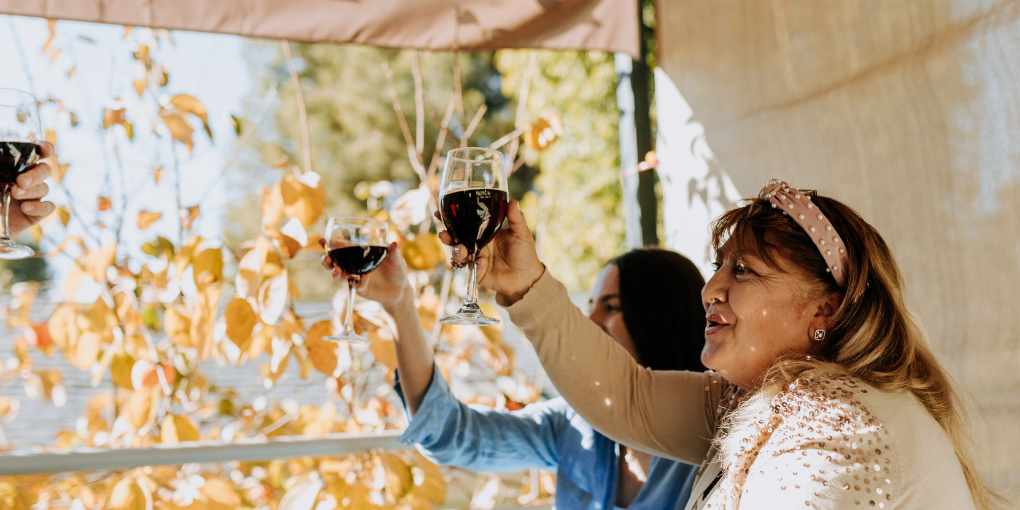
It’s wondrous how we’ve come so far from the common tradition, and how much more protection we’re able to create for ourselves in terms of home. However, the pandemic and spending the last year indoors has highlighted how crucial, how healing, how necessary, being in nature truly is.
If we were to zoom out for just a moment and consider our collective home, our earth, which has naturally provided and protected us since before the Sukkot story was told, how can we begin to return the favor? Just as we were Jews in the desert, using the elements of the land to protect us, perhaps it is time to use our human elements to protect the land?
What might this look like? Living a more eco-friendly lifestyle. Recycling and upcycling. Having weekly dishwashing volunteers instead of using one-time goods. Picking up trash. Using less water. Buying less plastic. Using what you need and not more. Being more aware and respectful of nature, and recognizing that while it’s worthy to be grateful for our infinite resources, if we keep over-using and over-extending our home as we have been, they will become finite.
Let’s celebrate the abundance we have in our world today – and act to ensure we protect our home for our next generation.

